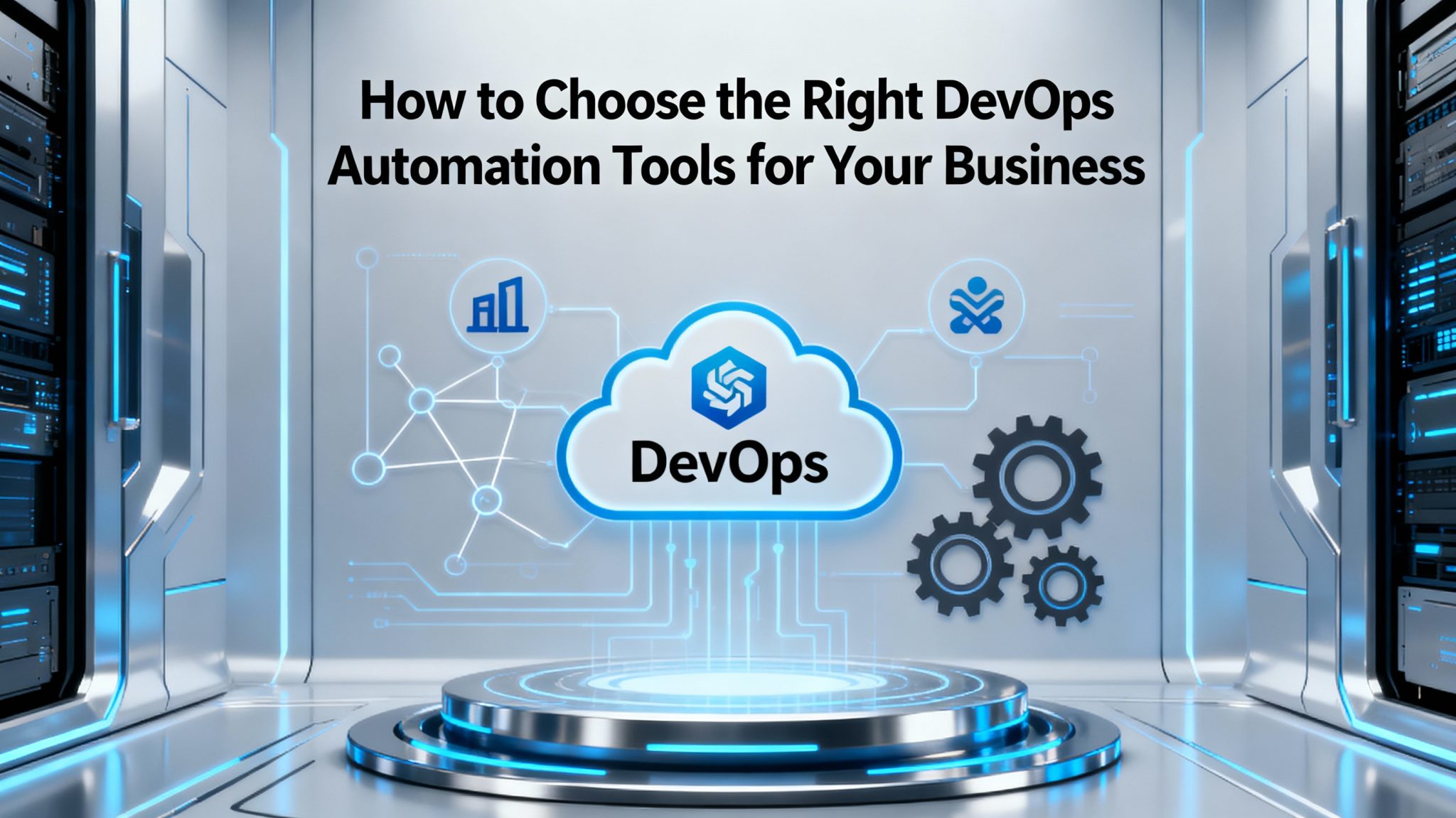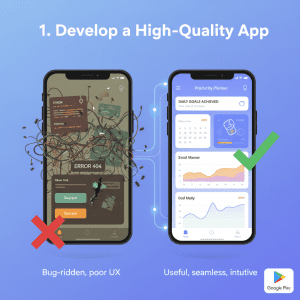Introduction
App development in 2025 is about far more than lines of code. As expectations for quality, speed, scalability, and compliance rise, so do hidden and overlooked costs. This breakdown shows exactly what you’re paying for—beyond just hiring developers.
The Real Cost of Building an App in 2025
Typical cost ranges:
-
Simple app: $5,000 – $50,000
-
Mid-range complexity: $32,000 – $100,000
-
Complex/enterprise app: $100,000 – $400,000+ (and often much more)
But this is just the start. These figures only represent direct development. The real cost of app development covers a lot more.
Cost Breakdown: Every Phase Matters
| Development Phase | 2025 Typical Cost (USD) | What’s Included |
|---|---|---|
| Discovery/Planning | $4,500 – $8,000 | Research, requirements gathering, scoping |
| Design & Prototyping | $15,000 – $30,000 | UX/UI, wireframes, branding, design sprints |
| Development (Coding) | $35,000 – $75,000 | Backend, frontend, API integrations |
| Quality Assurance | $8,000 – $18,000 | Manual/automated testing, bug fixes |
| Deployment | $2,000 – $4,000 | App store prep, backend transfer |
| Maintenance (annual) | 20–25% of original cost | Updates, bug fixes, server fees, minor features |
| Total Range | $80,000 – $250,000+ | Varies by app complexity and scope |
Source: 2025 industry reports and agency benchmarks
What Drives App Development Costs Up?
1. Complexity and Features
-
Advanced features: Real-time chat, AI, AR/VR, payments, analytics, and third-party integrations hike costs.
-
Multiplying platforms (iOS, Android, web) doubles or triples work—native builds cost more than cross-platform.
2. Design Quality
-
Custom animations, branding, and intensive user experience (UX) work increase time and budget.
-
Accessibility and localization (multi-language) add further complexity.
3. Rising Developer Salaries
-
In 2025, senior developer rates have soared to $80–$200/hour, especially for AI, automation, and cloud expertise. Talent shortages inflate costs globally, even in traditional outsourcing regions.
4. Security & Compliance
-
Robust data security, GDPR, HIPAA, and other legal compliance standards are now non-negotiable. Expect extra costs for security infrastructure and legal reviews.
5. AI & Emerging Technologies
-
AI-powered features (e.g., chatbots, recommendations) demand data pipelines, AI model training, specialized talent, and ongoing model tuning—all beyond standard coding.
6. Testing and Deployment
-
Cross-device, cross-platform, and performance testing is more intensive than ever. Bugs, edge cases, and app store requirements require real QA investment.
7. Maintenance & Upgrades
-
Post-launch, apps typically consume 15–25% of the original build cost yearly for bug fixes, security patches, OS updates, evolving features, and hosting.
8. Ongoing Infrastructure
-
Cloud hosting, database management, analytics tools, push notification services, and external APIs add recurring (often growing) costs.
9. Marketing, Support & Scaling
-
App store optimization, initial marketing, and user support are usually overlooked in budgets, but are crucial for success.
Regional Cost Differences
| Region | Developer Rate (USD/hour) | Example Total App Cost |
|---|---|---|
| North America / Western EU | $80 – $200 | $100,000 – $500,000+ |
| Eastern Europe | $35 – $100 | $40,000 – $200,000+ |
| India, SE Asia, Latin Am. | $20 – $60 | $10,000 – $150,000+ |
Outsourcing still brings savings, but global demand is shrinking the price gap.
Hidden and Overlooked Costs
-
Discovery and project management: Time spent scoping, iterating, and aligning goals.
-
Third-party licenses & tools: Fees for libraries, frameworks, SaaS, and APIs.
-
Legal and privacy compliance: Audits, certifications, and legal counsel.
-
User acquisition: Marketing, onboarding flows, and initial support.
-
Analytics and reporting: Implementing tools for usage tracking, engagement, and crash reporting.
How to Keep Costs Under Control
-
Prioritize MVP: Start with a minimum viable product to reduce initial spend and validate your core idea.
-
Choose wisely: Use cross-platform tools where possible, but weigh against performance needs.
-
Plan for maintenance: Budget at least 20% of your build costs annually for ongoing support.
-
Invest in design and QA: Skipping these leads to poor ratings and post-launch costs.
-
Understand compliance early: Legal and security shortcuts are costly in the long run.
-
Hire specialized teams, not just cheap labor: Experienced developers optimize code, reduce bugs, and reach launch faster, often saving money in total.
Frequently Asked Questions (FAQ)
How much does a basic app cost in 2025?
Estimates for a basic app range from $5,000 – $50,000, but serious MVPs average $40,000–$100,000, including design, QA, and deployment.
Why are post-launch costs so high?
App maintenance, updates, and legacy support account for 20–25% of build costs per year. Plus, scaling, cloud fees, and evolving user demands always add up.
What’s the biggest mistake in budgeting for app development?
Underestimating everything besides coding—especially QA, compliance, maintenance, and marketing.
How much should I budget for a complex or AI-powered app?
Complex and AI-integrated apps with advanced features will usually start at $100,000 and can exceed $400,000, with ongoing costs for data, training, and specialized talent.
Conclusion
The real expense of app development in 2025 goes far beyond just coding. Factor in discovery, design, compliance, AI integration, rising salaries, security, testing, and year-on-year maintenance. A well-researched, flexible budget—alongside clear priorities and seasoned partners—is the key to launching an app that succeeds for years to come.











